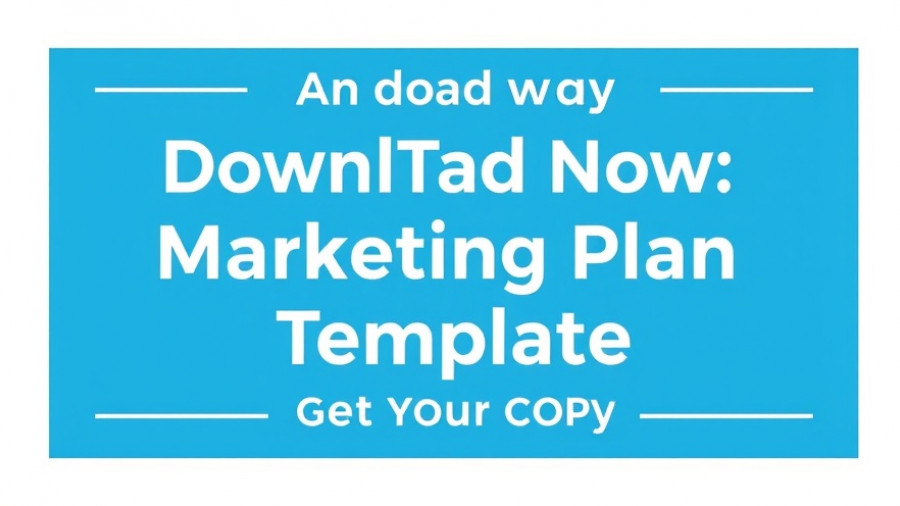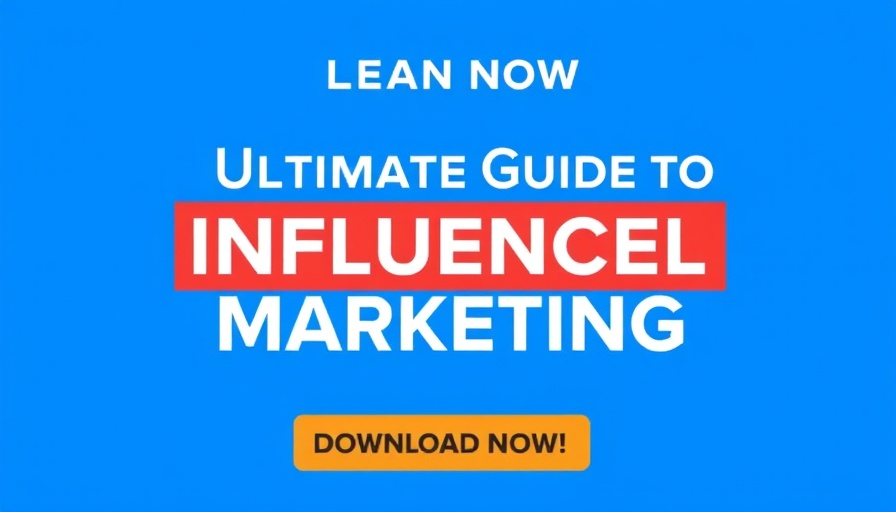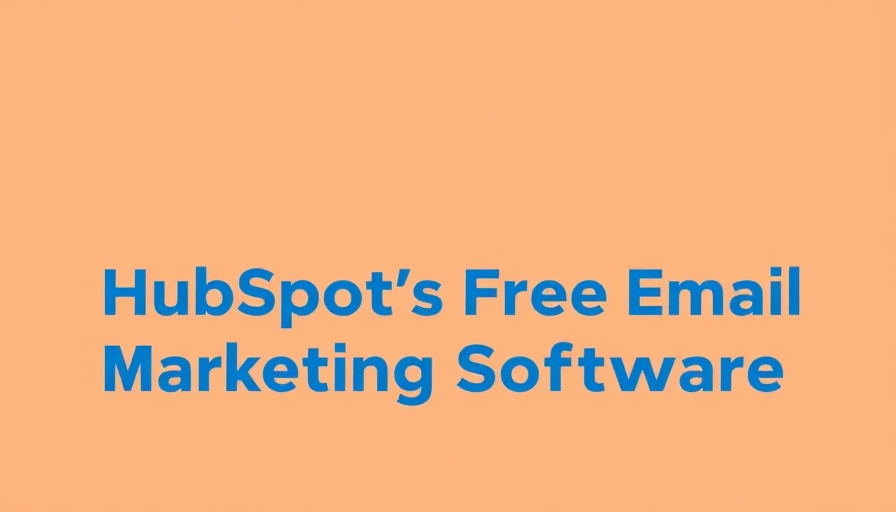
The Hidden Impact of Music on Consumer Choices
In a world where every detail counts, the power of music in influencing consumer behavior is often overlooked. According to a pivotal study in 1997 by psychologist Dr. Adrian North, music can sway wine purchases significantly. In supermarkets where French accordion tunes played, customers gravitated towards French wines 83% of the time. Meanwhile, German oom-pah music led only 65% to choose German wines. Interestingly, when shoppers were interviewed post-purchase, none attributed their choices to music – a testament to music's subconscious influence.
Is the Psychology of Music Still Relevant?
Fast forward to today—with changing shopping habits and the rise of online marketplaces—many may question the relevance of North's findings. However, recent studies continue to affirm that music retains a powerful grip on buying decisions. For instance, a 2017 research at Montclair State University indicated that the right tunes can boost the sales of specific dishes in cafeterias. These findings further underline the idea that music not only enhances ambiance but also shapes consumer desires and purchases.
Musical Elements That Drive Purchasing
Delving deeper into the elements that make music impactful, researchers highlight four critical components: tempo, genre, volume, and mode. Each component plays a vital role in how customers engage in a shopping environment. For example, tempo significantly dictates the pace at which shoppers move. Fast music spurs quicker shopping, while slow tunes encourage leisurely browsing, often leading to increased impulse purchases. Brands can leverage this knowledge to design in-store experiences that maximize customer engagement and sales.
Practical Insights for Marketers
So how can businesses harness the power of music? Using insights from scholars like Ronald E. Milliman, who analyzed shopper behavior in supermarkets, companies can intentionally select music that aligns with their strategy. Chipotle, for instance, plays upbeat music during peak hours to expedite customer flow while reverting to slower tunes when the store is less busy, ensuring a welcoming atmosphere.
Future Trends in Musical Marketing Strategies
Looking ahead, the intersection of technology and music offers new avenues for innovative marketing approaches. Many brands are exploring playlists and soundscapes tailored to their target demographics, enhancing not just sales but overall brand experience. As digital marketing continues to evolve, incorporating music strategically could be key to capturing attention amidst an increasingly noisy marketplace.
Conclusion: The Soundtrack to Sales
As marketers, understanding the psychological nuances of how music influences consumer behavior can empower businesses to create more compelling shopping experiences. For those seeking to refine their client acquisition strategies, paying attention to the auditory elements of their environments could unlock new potential in lead generation and drive sales funnels more effectively. If you’re ready to explore the profound impact of music in your marketing automation strategy, now's the perfect time to consider how sound can not only influence feelings but also foster lasting connections that lead to increased customer loyalty.
 Add Row
Add Row  Add
Add 




Write A Comment